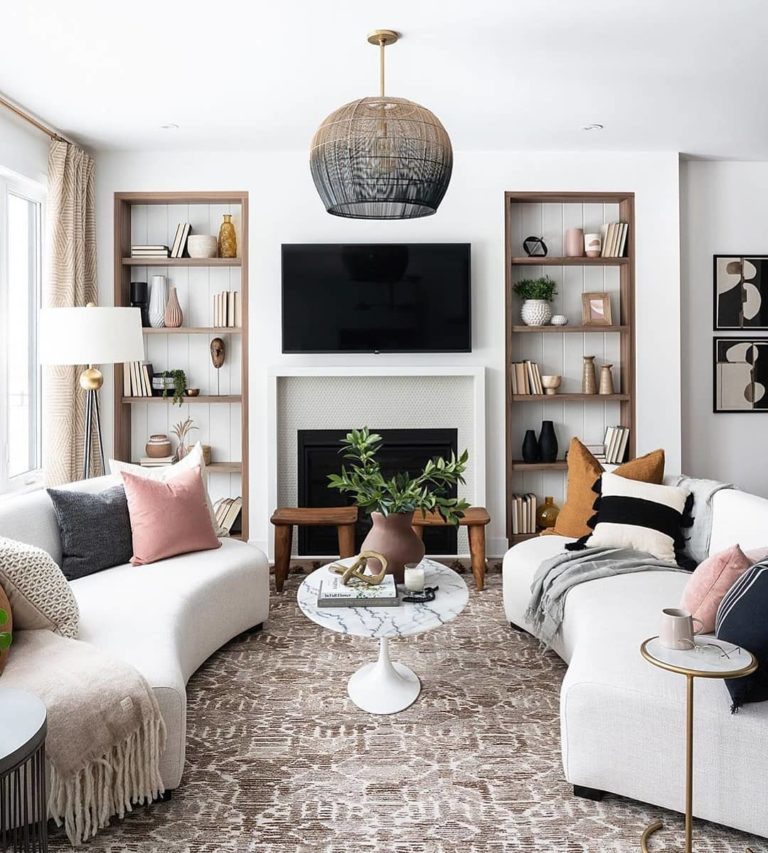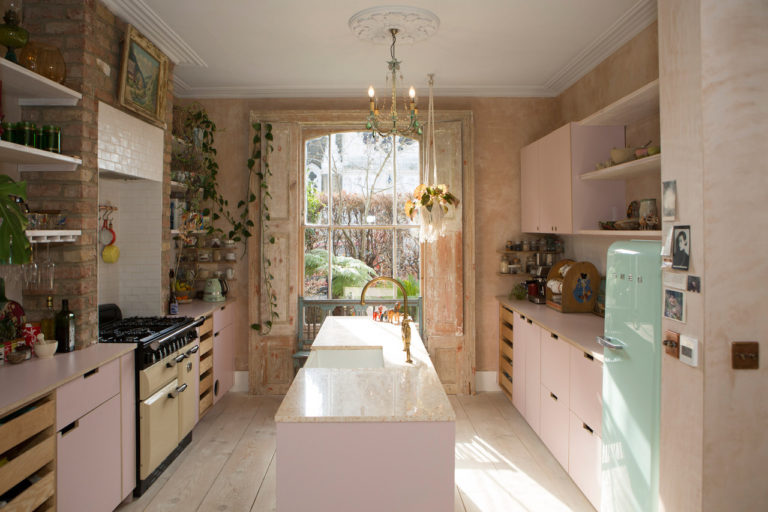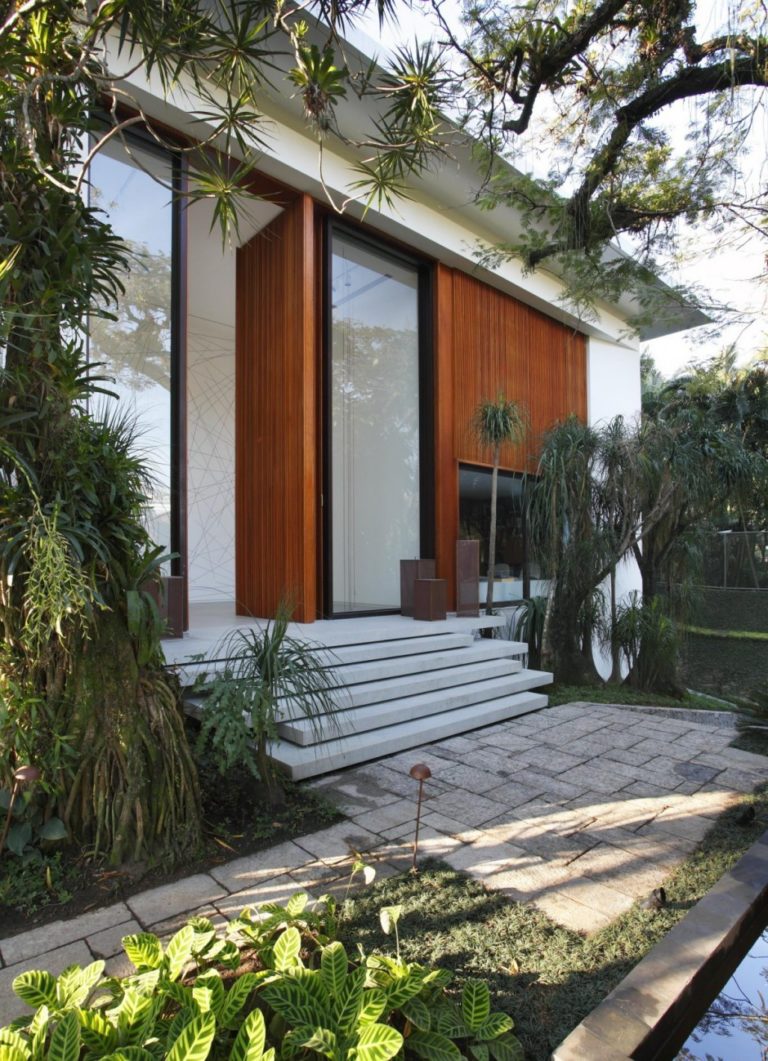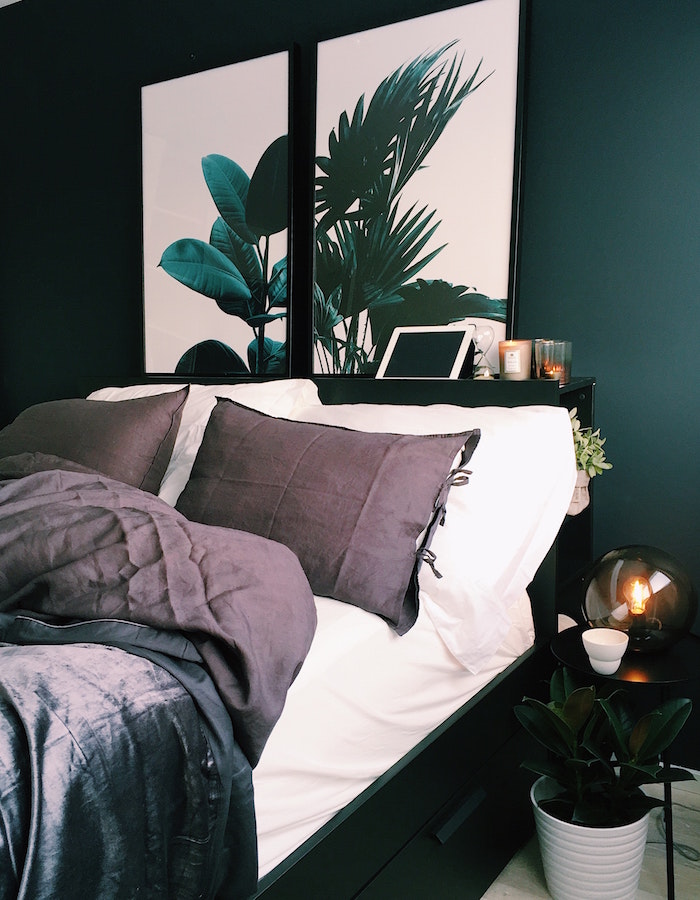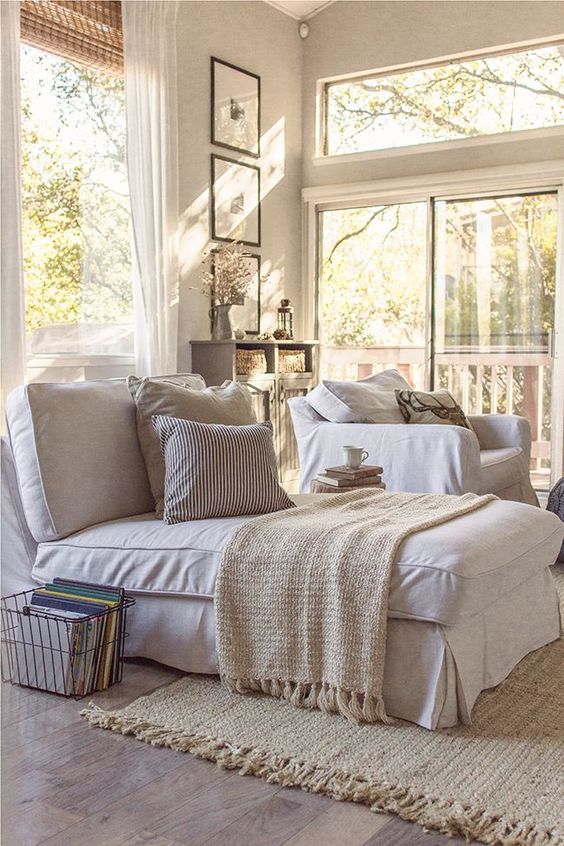6 Common Kitchen Design Flaws Brewing Up Trouble
Designing a kitchen is a massive undertaking that requires much attention to detail, no matter whether you’re renovating or building from scratch. Achieving the perfect balance of form, function, and style can be tricky, especially if you’re new to interior design. From drawing up blueprints to the day you install your new cabinets and countertops, it’s critical to ensure that every feature of your kitchen is carefully thought out. Before you begin demolishing your kitchen, avoid making costly mistakes by keeping these six common design flaws in mind.
Not replacing outdated appliances
While you may be aiming to update retro cabinetry or worn-out counters, overlooking your kitchen appliances while upgrading is a massive mistake. Not only can old appliances quickly become hidden fire and electrical hazards, but they can also pose a danger to your health. For example, an old gas or electric stove that doesn’t heat up properly may make it difficult to cook raw meats properly.
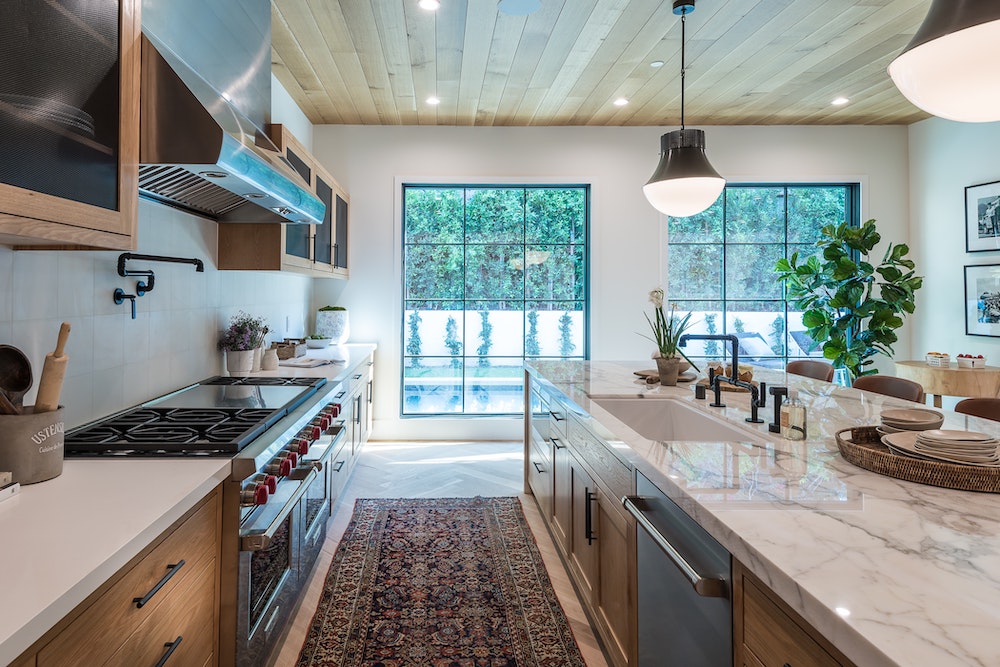
If you’re finding that your chicken dishes are always undercooked or that cooking on your stove feels like a game of roulette, it’s time to find a replacement. Consider a more modern appliance like an induction cooktop or dual fuel range like these. With highly responsive gas cooktops and consistent heat, stove-related mishaps will be a thing of dinner parties past.
Ignoring the kitchen triangle
One of the most common kitchen design rules is the working triangle, also known as “the kitchen triangle” or “the golden triangle.” This theory dictates that the kitchen’s three key areas — the refrigerator, the stove, and the sink — should form a triangle. This triangle optimizes traffic flow in your kitchen, allowing you to be more efficient and productive while you cook.
However, while this triangle is vital to designing the ideal kitchen, many amateur designers are unaware of this rule. Many people will add a kitchen island that blocks a direct path between any of the three kitchen hotspots, interrupting the workflow and causing long-term frustrations for homeowners. Keeping the kitchen triangle in mind as you design your kitchen can save you from many headaches down the road.
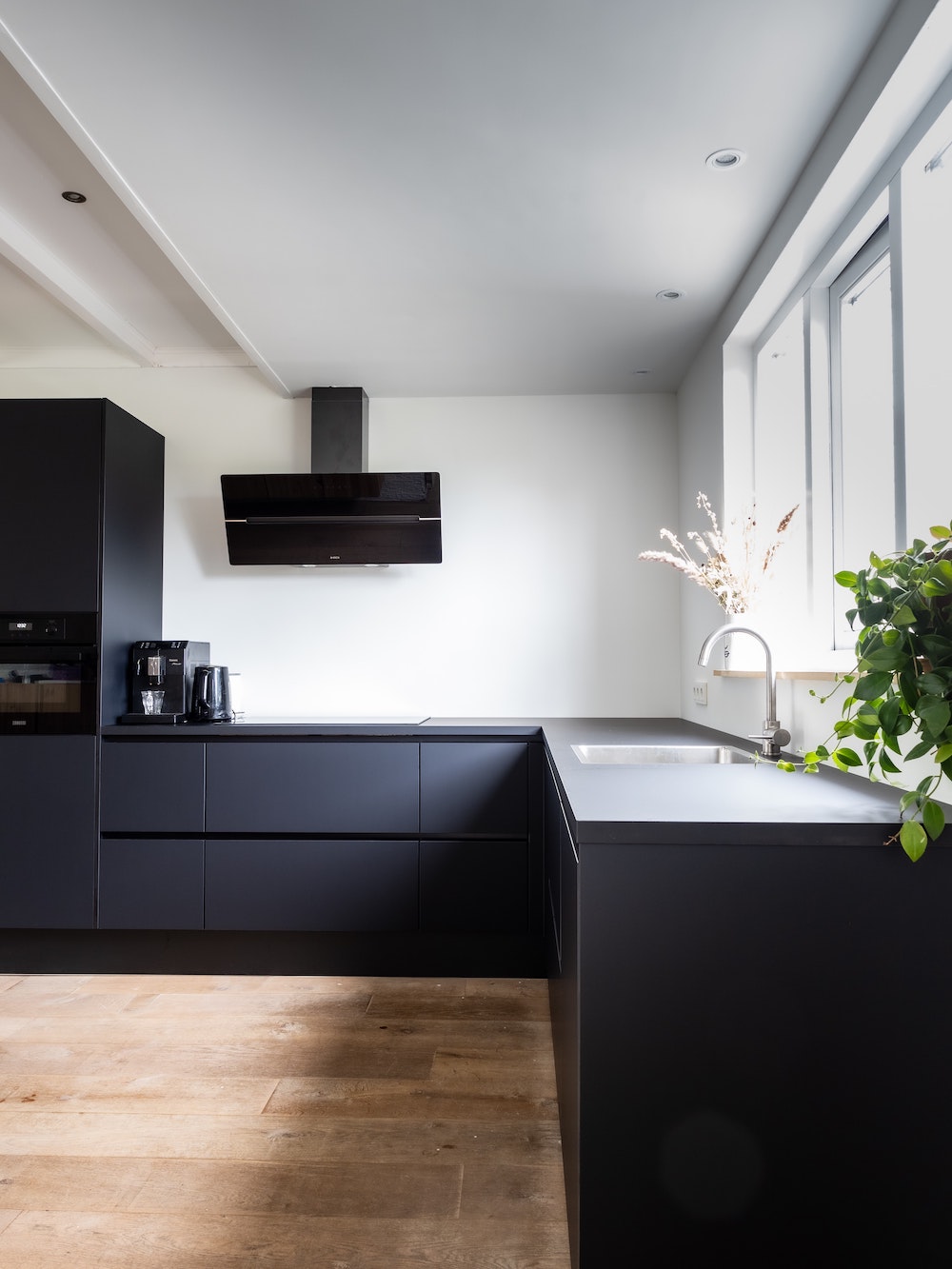
Over- or under-accessorizing
When it comes to deciding on your kitchen finishes, the details count. No matter whether you want your kitchen to exude a quirky, boho energy or prefer a clean, minimalist style, accessorizing can pull your kitchen together. However, ensure that your finishes make your kitchen feel balanced. Adding too many accessories to your counters or mixing and matching too many metals can lend a cluttered, unorganized feeling to your cook space. Similarly, opting for overly simplistic and plain lighting options or hardware can be a missed opportunity for showcasing your kitchen’s full design potential. Strike a happy balance when accessorizing to finish your kitchen off in style.
Forgetting to make accurate measurements
When drawing up your kitchen blueprints, it’s critical to ensure you’ve measured out every inch of space. Ensure that all of your appliances have enough space to open completely. People will often forget to measure the distance between an appliance and a cabinet or kitchen island. It’s only once every feature has been installed that you realize the refrigerator is banging into cabinets or the oven can’t open fully because the island is in the way.
Cutting corners with cheap finishes
Remodeling or designing a new space can be costly. It’s natural to want to find the cheapest options for kitchen elements like cabinets and countertops, but make sure you’re spending money where it counts. Too often, homeowners shell out for aesthetic elements instead of focusing on the workhorse aspects of the kitchen. Investing in good quality cabinetry and solid countertops can make all the difference in an efficient kitchen. Cutting corners for laminate countertops or cheap, wood particle cabinets will only lead to regrets down the road.
Overlooking the kitchen backsplash
One of the best ways of adding personality and style to your kitchen is with a creative backsplash. Make sure to pick a material that is durable and easy to clean. Don’t design your backsplash too small, as it’s supposed to be a focal point of your kitchen. Choose a pretty and decently sized pattern to bring a new texture into your kitchen and ensure that it flows well with your kitchen’s layout. When a backsplash ends awkwardly with cabinets and countertops, it diverts attention away from the beautiful aesthetics of your kitchen.

The bottom line
Your kitchen is the heart of your home, so ensuring that it’s well-designed and functional can only benefit you and your family. Design flaws can negatively impact your kitchen’s workflow and even decrease the value of your home. Pay attention to detail as you undergo renovations or a new build, and you’ll soon bring the kitchen of your dreams to life.

